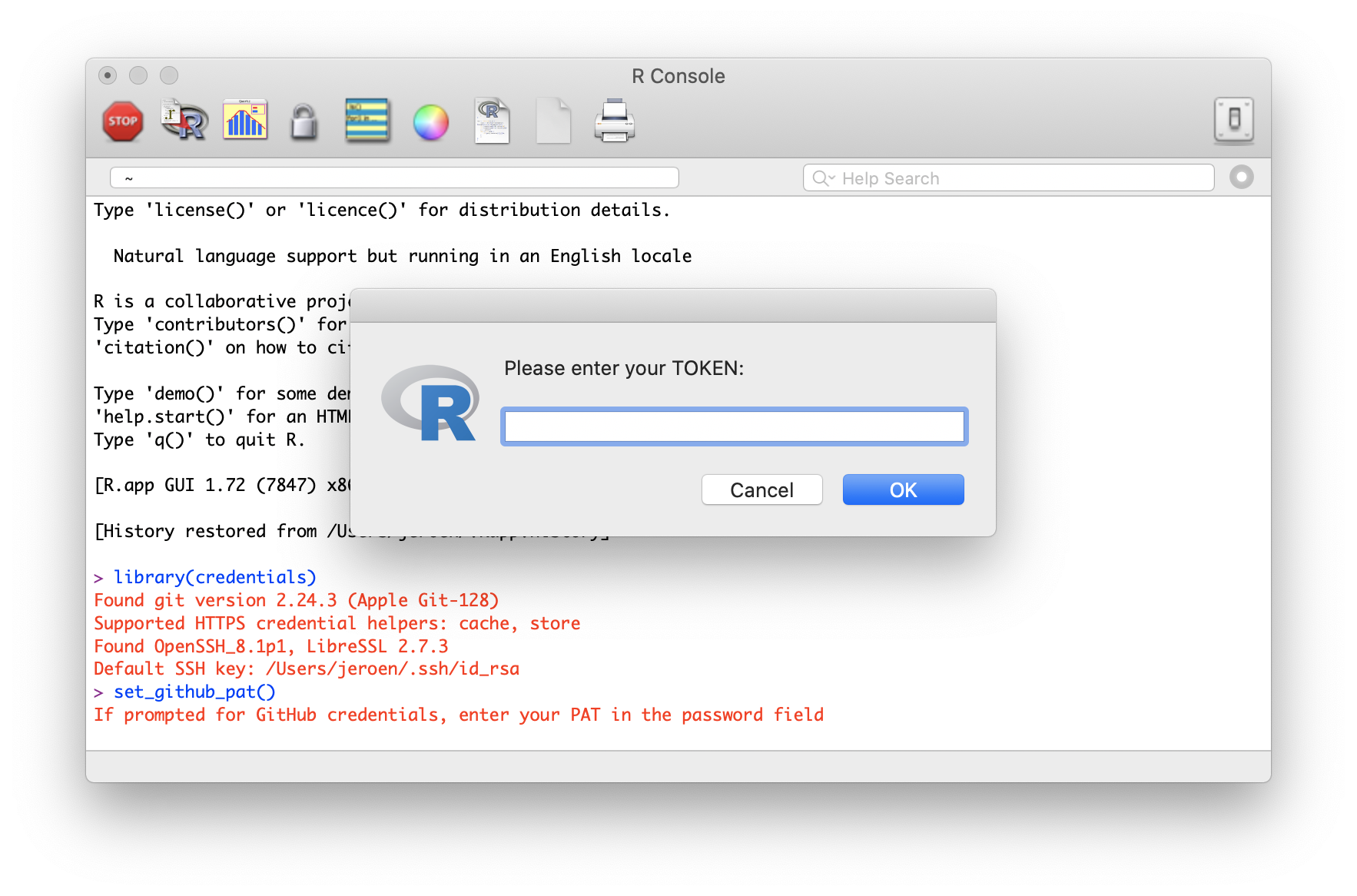Recently Yanina Bellini Saibene reminded usto update our Slack profile: After doing that I went on to updating my profile photos on the rOpenSciwebsite, which ended up teaching me a few git tricks I would like to share here.Thanks Maëlle Salmon for the encouragement, andSteffi LaZerte for reviewing this post.Cloning as usual When I tried to clone the source code of rOpenSci’s website I realized the repowas large and it would take me several
Messages de Rogue Scholar
Hace poco Yanina Bellini Saibene nos recordó actualizar el perfil de Slack: Después de hacer eso, decidí actualizar mis fotos de perfil en el sitio web de rOpenSci, y termine aprendiendo algunos trucos de git que voy a compartir acá.

This week the next WikiPathways NAR Database issue paper was published (doi:10.1093/nar/gkad960). It is the next paper in a series of papers about the evolution of the Open Science project for making biological pathways available in a Open and FAIR way. This year, it described that significant move away from MediaWiki.
Did you know that GitHub lets you refer to the default branch of any repository by substituting the branch name with HEAD in the url? This is a very useful trick to write robust code that works regardless of whether the default branch is called main or master, and will keep working when the default branch gets renamed at some point.

We have been working hard behind the scenes on the upcoming release of our new git package named gert, a joint effort from rOpenSci and the Tidyverse team. One of the main features of gert is the out-of-the-box authentication mechanism, which is provided via the new credentials package.
When writing code at some point we want to highlight a specific state, we want to celebrate reaching a new milestone and usually this is the moment to prepare a release . Nowadays when we all are about to use git, it is quite common to utilize tags for this. A tag points to a specific commit, it is a persistent shortcut to this point of the development.
The continuous integration toolchain has developed a lot during the last years. Our mission, to build and deploy everything completely automatic and reproducable became more and more elegant. But let me take you back into the ancient halls of our workflows. Let’s take a TYPO3 CMS website. We built sites with this PHP-based Content Management System for ages, but let’s skip the dark woods of Subversion.

Are you new to version control and always running into trouble with Git?Or are you a seasoned user, haunted by the traumas of learning Git and reliving them whilst trying to teach it to others?Yeah, us too. Git is a version control tool designed for software development, and it is extraordinarily powerful.

The rationale behind open approaches is the way it enables you to make unexpected connections and to find otherwise hidden shortcuts. People, data, code, and expertise can be more effectively connected when the information is out there and discoverable. Here I wanted to document a little collaboration that was sparked on twitter and carried through using an entirely open toolset.
Just a quick not to make a link between David Shorthouse's post about taxonomic consensus and distributed version control (Taxonomic Consensus as Software Creation), and Galen Charlton's article in The Code4Lib Journal (Distributed Version Control and Library Metadata). Some interesting food for thought here. Both mention Git.